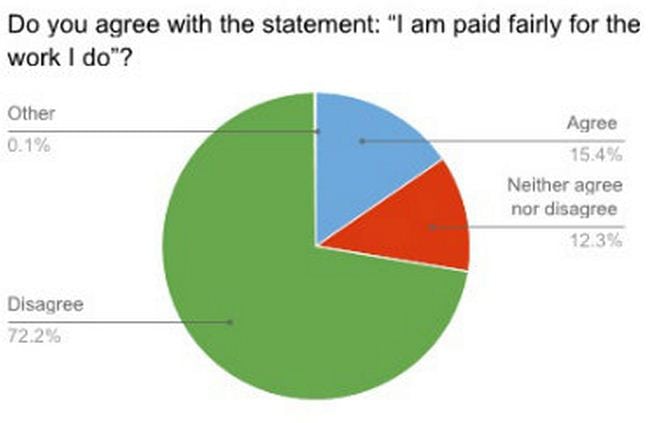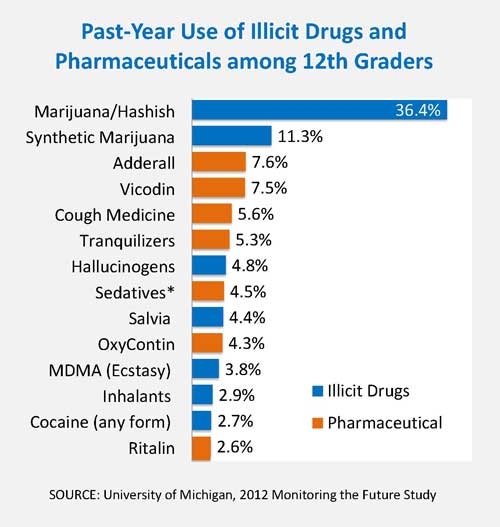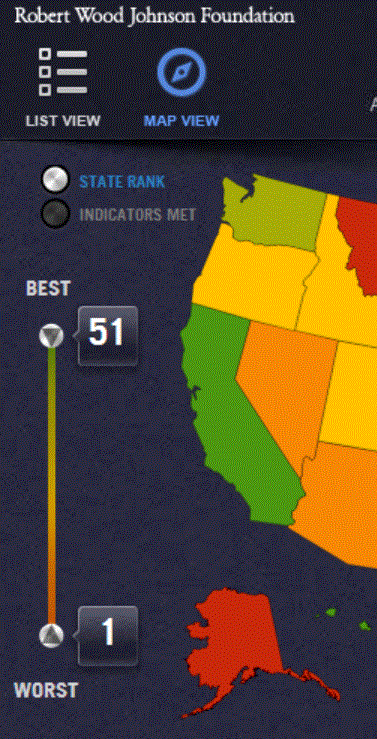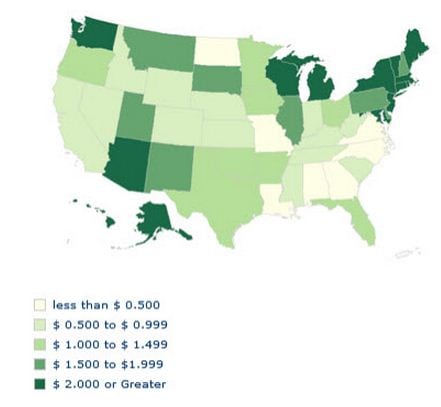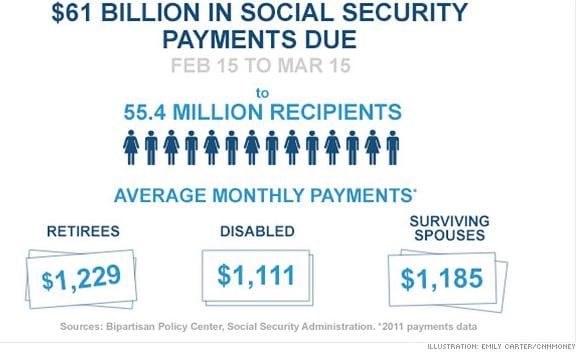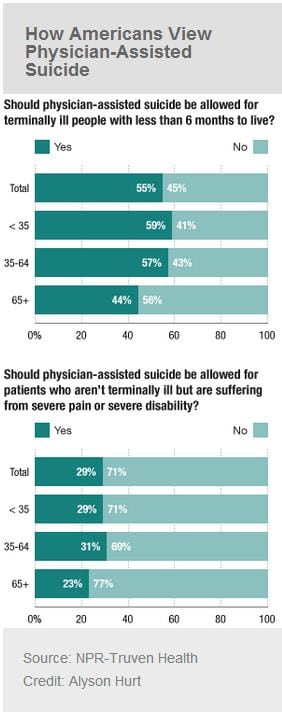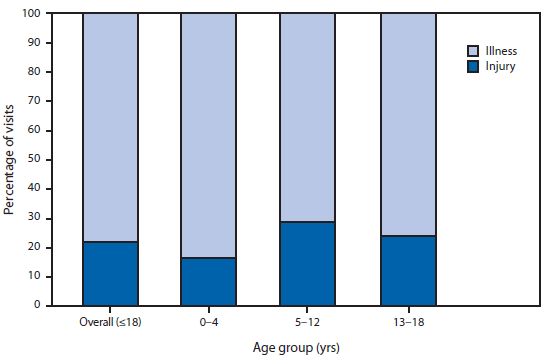The rate of child poverty, before and after the impact of government aid.
Languages on Twitter: NYC
Sequestration Could Deny Nutrition Support to Up to 750,000 At-Risk Low-Income Women and Children
Stem and leaf diagram morphs into a histogram
Chlamydia—Rates by Sex, United States, 1991–2011
Genital Herpes—Initial Visits to Physicians’ Offices, United States, 1966–2011
The Growth of the Latino Electorate in Key States
Who Should Pay for Global Health, and How Much?
Reducing youth incarceration in the US
Social work. Expenditure per student is ranked out of 10 and is based on full-time equivalent (FTE) study (follow this link to full interactive table)
What percentage of calories is consumed by adults comes from fast food?
Many aging boomers balk at retirement
Monthly Statistical Snapshot, January 2013
IVF should be given sooner and to older women, says NICE
Motorcycle Safety
Two in five social workers borrow money from family to make ends meet
Prevention efforts focused on youth reduce prescription abuse into adulthood
Fiscal trouble ahead for most future retirees
Enhancing Use of Clinical Preventive Services Among Older Adults: Closing the Gap
Cataracts
The Case for Preemption
Genital Warts – Initial Visits to Physicians’ Offices, United States, 1966-2011
Majority Views Government as Threat to Personal Rights
US: Injury death rates by state
How Important is the Abortion Issue?
United States Interagency Council on Homelessness
Middle-Aged Adults “Sandwiched” Between Aging Parents and Kids
U.S. Immigrant Population Continues to Grow
How Congress is not like America
STATE System Interactive Maps: Excise Tax Rates on Packs of Cigarettes (as of December 31, 2012)
Mental Health Disorders
Decline in Young Adult Nonmedical Prescription Drug Use
Don’t Double Up on Acetaminophen
Prevention of human trafficking must begin before the border
U.S. Cancer Deaths Continue Long-Term Decline
Family Homelessness in Brooklyn
2011 Boomer Housing Survey
Changes in U.S. Poverty Rates, by County, from 2007 to 2011
Infant mortality: US & Western Europe
First in a Series of Shape of the Nation Infographics
 National Association for Sport and Physical Education
National Association for Sport and Physical Education
See entire infographic here: https://www.shapeamerica.org/MemberPortal/SHAPE_Sign_I.aspx?WebsiteKey=c03f2b51-3ee7-46fa-b587-de18213dcae5&LoginRedirect=true&returnurl=%2fAsiCommon%2fControls%2fShared%2fFormsAuthentication%2fLogin.aspx%3fReturnUrl%3d%252fAsiCommon%252fControls%252fShared%252fFormsAuthentication%252fLogin.aspx%253fReturnUrl%253d%25252fAsiCommon%25252fControls%25252fShared%25252fFormsAuthentication%25252fLogin.aspx%25253fReturnUrl%25253d%2525252fAsiCommon%2525252fControls%2525252fShared%2525252fFormsAuthentication%2525252fLogin.aspx%2525253fReturnUrl%2525253d%252525252fAsiCommon%252525252fControls%252525252fShared%252525252fFormsAuthentication%252525252fLogin.aspx%252525253fReturnUrl%252525253d%25252525252fAsiCommon%25252525252fControls%25252525252fShared%25252525252fFormsAuthentication%25252525252fLogin.aspx%25252525253fReturnUrl%25252525253d%2525252525252fAsiCommon%2525252525252fControls%2525252525252fShared%2525252525252fFormsAuthentication%2525252525252fLogin.aspx%2525252525253fReturnUrl%2525252525253d%252525252525252fAsiCommon%252525252525252fControls%252525252525252fShared%252525252525252fFormsAuthentication%252525252525252fLogin.aspx%252525252525253fReturnUrl%252525252525253d%25252525252525252f404.aspx%25252525252525253faspxerrorpath%25252525252525253d%25252525252525252fiMISProd%25252525252525252f404.aspx

















